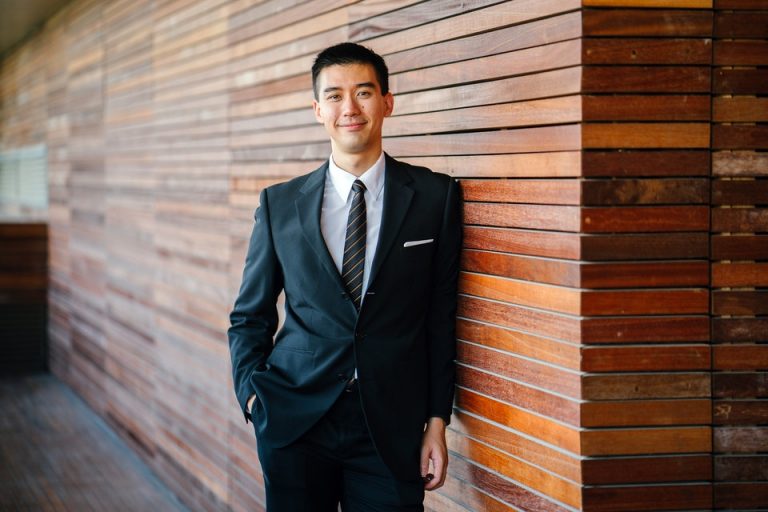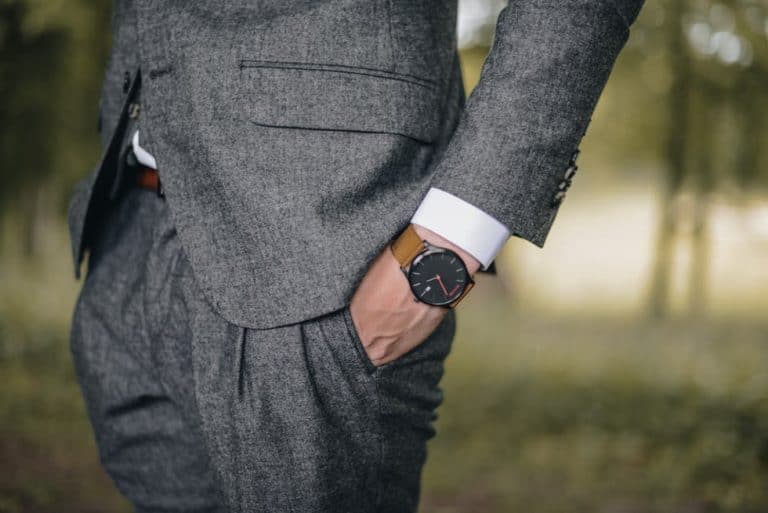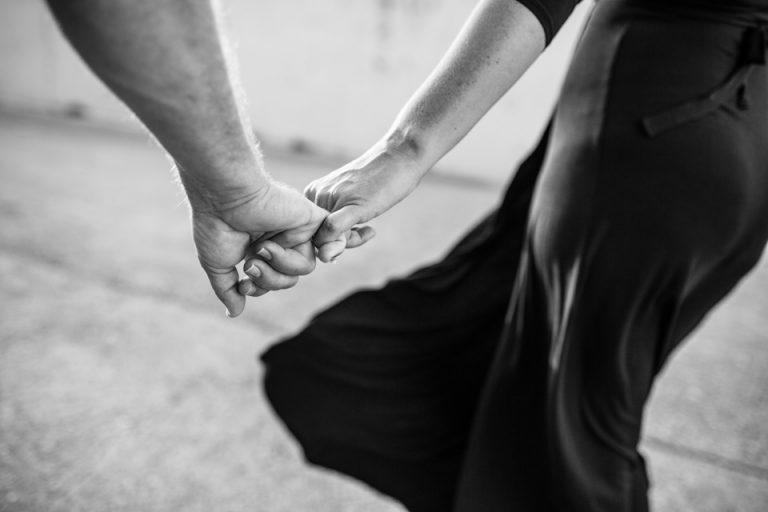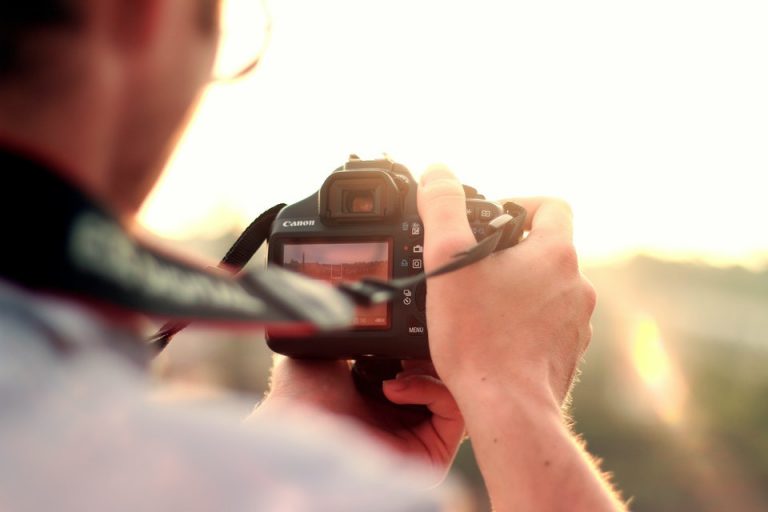People posing is an art form that takes dedication and practice. Learning portrait photography can be fun, and posing people will soon come naturally to you with more time behind a camera.
If you want to learn the tricks to posing people without them giving a stiff look or conveying the wrong emotions, then keep on reading. We’ve got tons of tips to help you capture the right look from all your clients.
There may not be any magical formula that will get you the perfect shot every time, but if you use one or many of these tips, you’re sure to get some of the best photos.
1. Before the Photo Shoot
We like to get started with preparation before the shoot. Here’s what you, as the photographer, might do before you pick up the camera for a photography session. Later we’ll include your model in some of the best tips to help make your session run smoothly.
Tap into Your Inspiration
You likely have some favorite photographers whose work excites you. Create a file in your phone of inspiring photos. If you feel the need for something that inspires your creativity, you can use one or more of the best photos in your gallery to help give you some inspiration and direction.
Decide on the Type of Photo You Want to Shoot
You won’t direct your models to pose the same for a professional headshot as you would a family portrait or something more glamorous. Figure out the type of photo you want to create before moving forward.
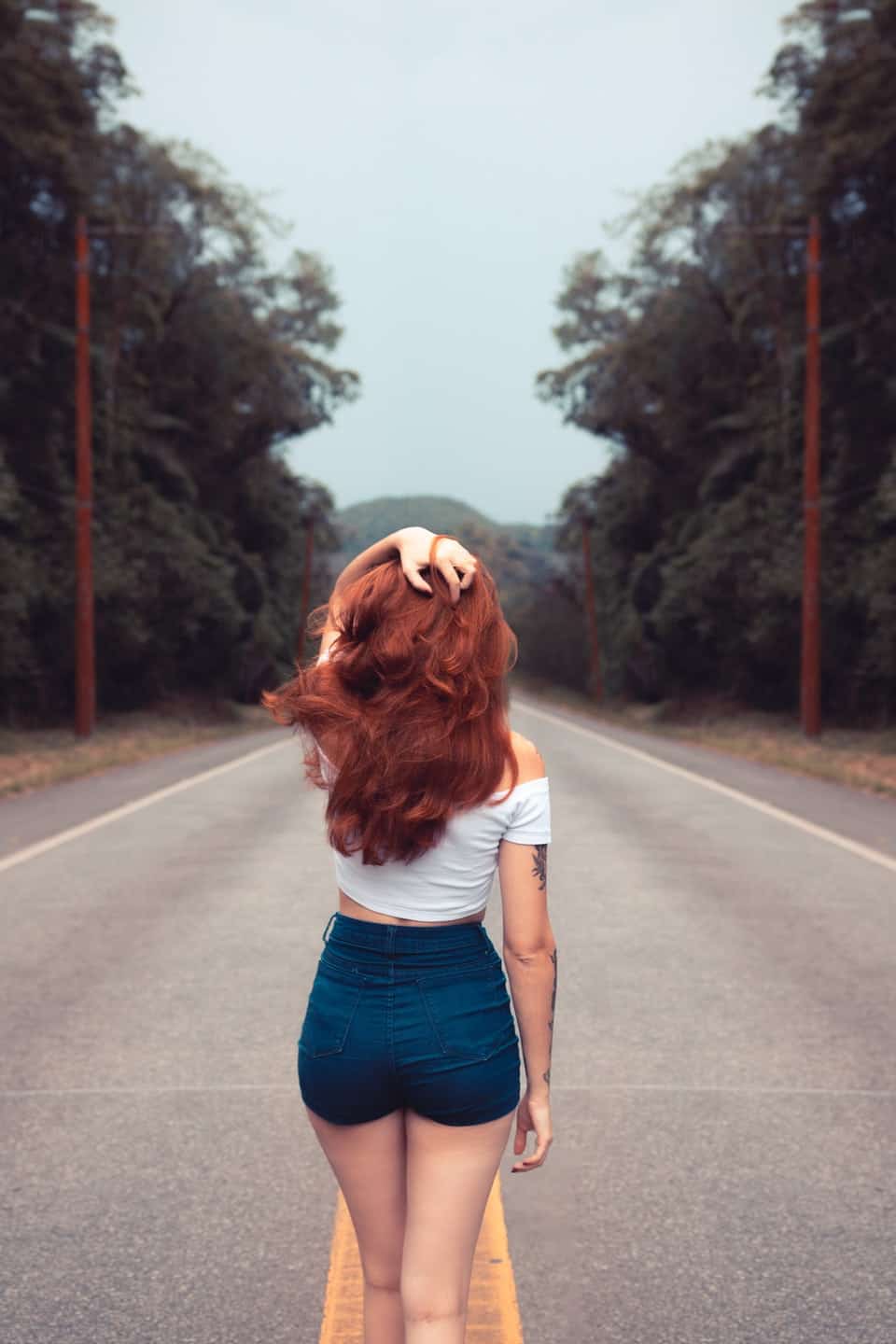
Choose the Right Model for Your Pose
When you look at a photo in a magazine, you may direct your model to do something similar only to find that her posing isn’t like the photo. That’s because professional models have a ton of practice and the specific body size and shape to pull them off.
Remember that posing people is an art form, so you’ll have to choose the correct medium or model to get the pose you want.
Need Help? Posing Apps Can Help
Yes, there’s an app for posing. You can download it and choose some favorites among the 300 available poses. Then, if your model is having trouble grasping your directions, you can show her the poses.
2. Some Tips To Consider at the Start of the Shoot
Whether you and your model have tons of experience, or very little, here are some tips to help you achieve a fun shoot that produces great portraits or glamorous shots.
Engage with Your Model
Your models can feel when you’re on the same team and want to create something with them. So, lean in, take the pressure off and let them relax. Try having a conversation about things they like to help their expressions come out. Ensure the models that you’re here to help them and get some great portraits, and if that doesn’t work out, it’s more your fault than theirs.
Allow Your Model Some Time to Get Comfortable
It’s as easy as asking them what can help them feel good for this shoot rather than diving rights into directing them on how to pose for photos.
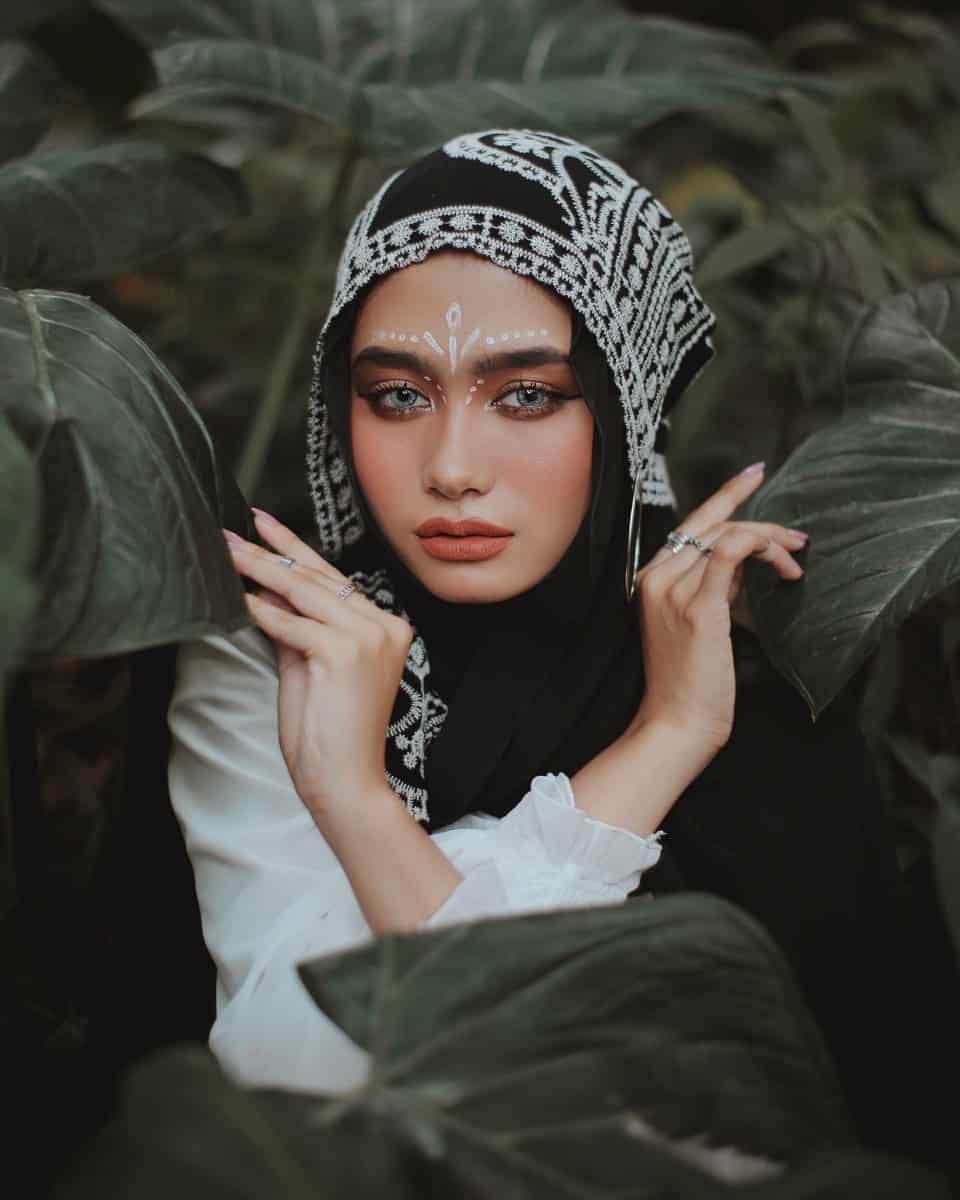
Focus on Natural Expressions
Your subject may be full of her natural expression or mannerisms that photograph wonderfully. Make sure you don’t tell her how to pose for photos, inspire, and guide her into letting those natural expressions shine.
Offer Encouragement
Make sure you don’t bark orders at people when posing isn’t coming naturally. Simply be encouraging and direct them. In time, you will learn how to pose people in a way that is beneficial for all involved. The best photography sessions will come from this.
Be Confident and Patient
Directing models and learning how to pose people is a natural talent for some; others will need to acquire the skill. Many photographers are learning through experience right alongside their models, and it can take something like years and shoot upon shoot to master.
Give directions to your models that are clear, concise, and spoken confidently. The people you shoot will like this, as it can make them feel at ease rather than like they still need more help and just aren’t getting it right.
3. As Your Model Gets Comfortable For the Shoot
You can feel the model beaming in these portraits; she’s giving you just the right look. Now is the time to make the best of the situation. Here’s how.
- Get Specific Without Being Pushy: Know the purpose of your photograph and the look you want. Give the model precise instructions on how to pose a photo that you’re attempting to create.
- Consider Adapting Poses: Use this time to teach your subject how to model pose if they are unfamiliar. Help subjects achieve the right look and make strides on the other side of the camera.
- Utilize Props and Other Accessories: A stunning necklace can be just as much a prop as an actual prop can. If you want to create a specific look in a photo, you may only need the right jewelry, hair accessory, or even a wall. Having your model lean against something or also turn her shoulders can add a natural flair to your photos.
4. Tips To Remember During the Shoot
As you’re getting the hang of things, don’t forget to do these things throughout the shoot.
- Focus on Details: It may be as simple as ensuring a hand is looking elegant or a flyaway hair is in place. Pay close attention to details.
- Offer Positive Feedback: Aside from direction, give your model feedback throughout the shoot, so she knows when and how she’s nailing shots.
- Change Up Your Angles: Remember that angles are everything; the same shot from a different perspective could make the best shot of the session.
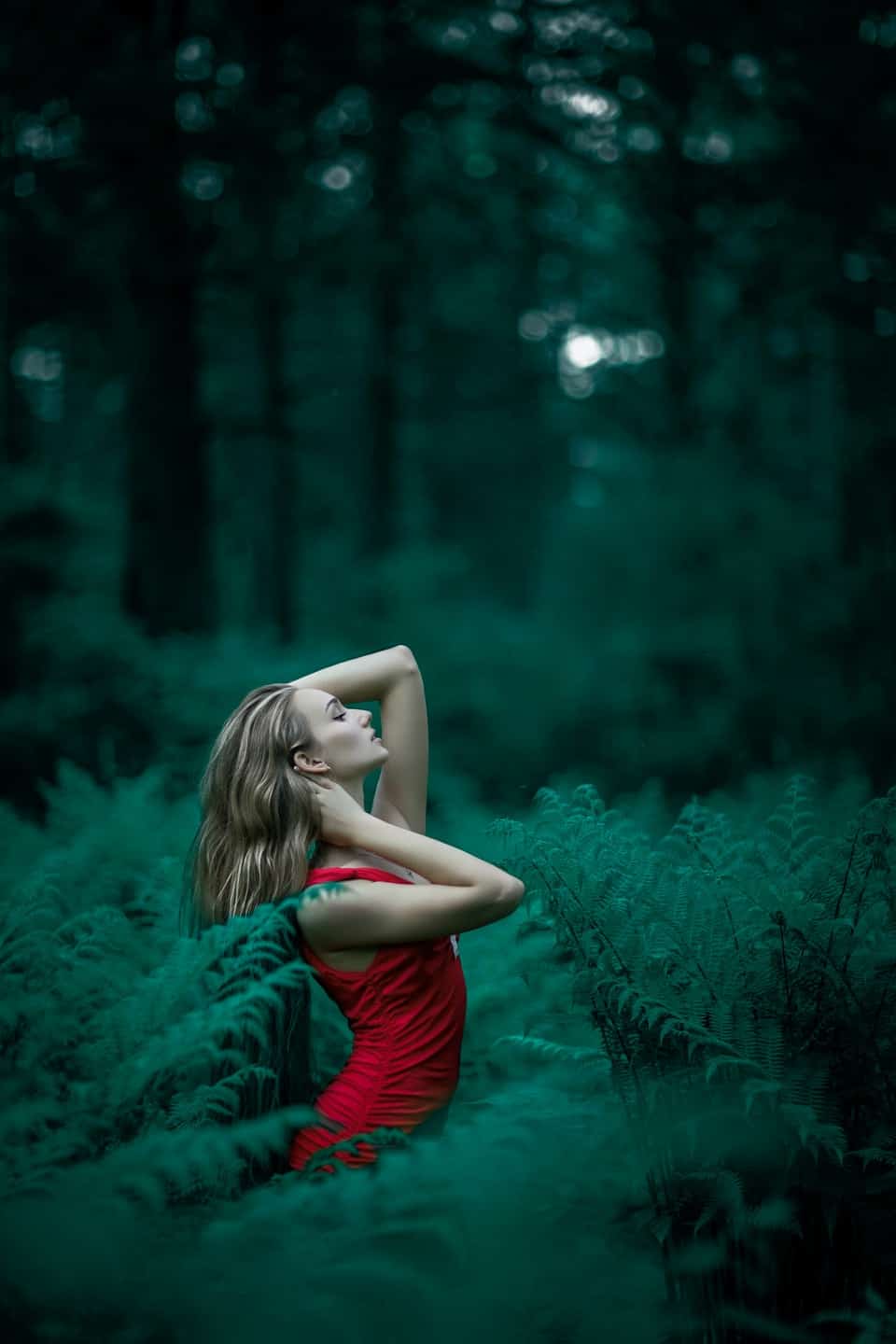
5. Essential Tips for Different Types of Shots
Here’s how you can achieve some more specific shots during sessions.
Enhance Your Photo with Cropping
Cropping is a photography technique that leads the eye to where you want it in a photo while removing distractions.
Perfecting the Headshot
Photographing the head is essential. A model looking directly at the camera will grab attention. Looking away must be captured perfectly, with the eyes and the frame having space between them. The nose should always point slightly downward. Don’t shoot from below, as it captures unflattering photos.
Elongate and Exaggerate with Angles
Angling the camera can help elongate or exaggerate certain body parts. Doing this can have a stunning effect on your photos.
Understand the Composition
You can add in all the technical aspects of a perfect photo and still come up empty-handed. By studying composition, you’ll learn to make your eye for great photography stronger.
Using Shapes
Use shapes in your sessions to create power and flow. You can do this by pointing your camera correctly when you find shapes like triangles. Forms don’t need to be present so much as applied, even with negative space in an image.
Try Shooting Your Model from Above
Shooting from above does wonders for nearly any session. If you’re not getting what you want, try shooting from slightly above where you’re at now. Downward angles can bring flawlessness to photos if done correctly.
6. Helping Your Model Nail the Photo Shoot
When it comes down to it, it’s your job as the photographer to help your model rock the shoot. Learning how to pose photos is as much your job as it is the models. Here are some pointers.
Focus on the Eyes
The right set of eyes in a photograph is everything. Try mindfulness techniques with your subject to help them focus their eyes.
Practice Chin Angles
Before or even during a session, you can photograph your model as she practices using her chin. Show her the photos so she can see what each angle or positioning does to the rest of the picture.
Using the Right Angle to Compliment the Nose
Earlier, we discussed headshots and nose angles. For full-on shots, the nose should point just off-center, and slightly down. Angling the nose this way helps bring the right lines and shapes into your portraits.
Keep it Simple
In photography, if a photo is too busy, you may not be able to capture it in the way that you want. The rule of simplification is to focus on a lighter, more detailed image in the center while the background may be darker and less busy. Doing so helps bring the focus of the image to the center, which is where you ultimately want the attention.


